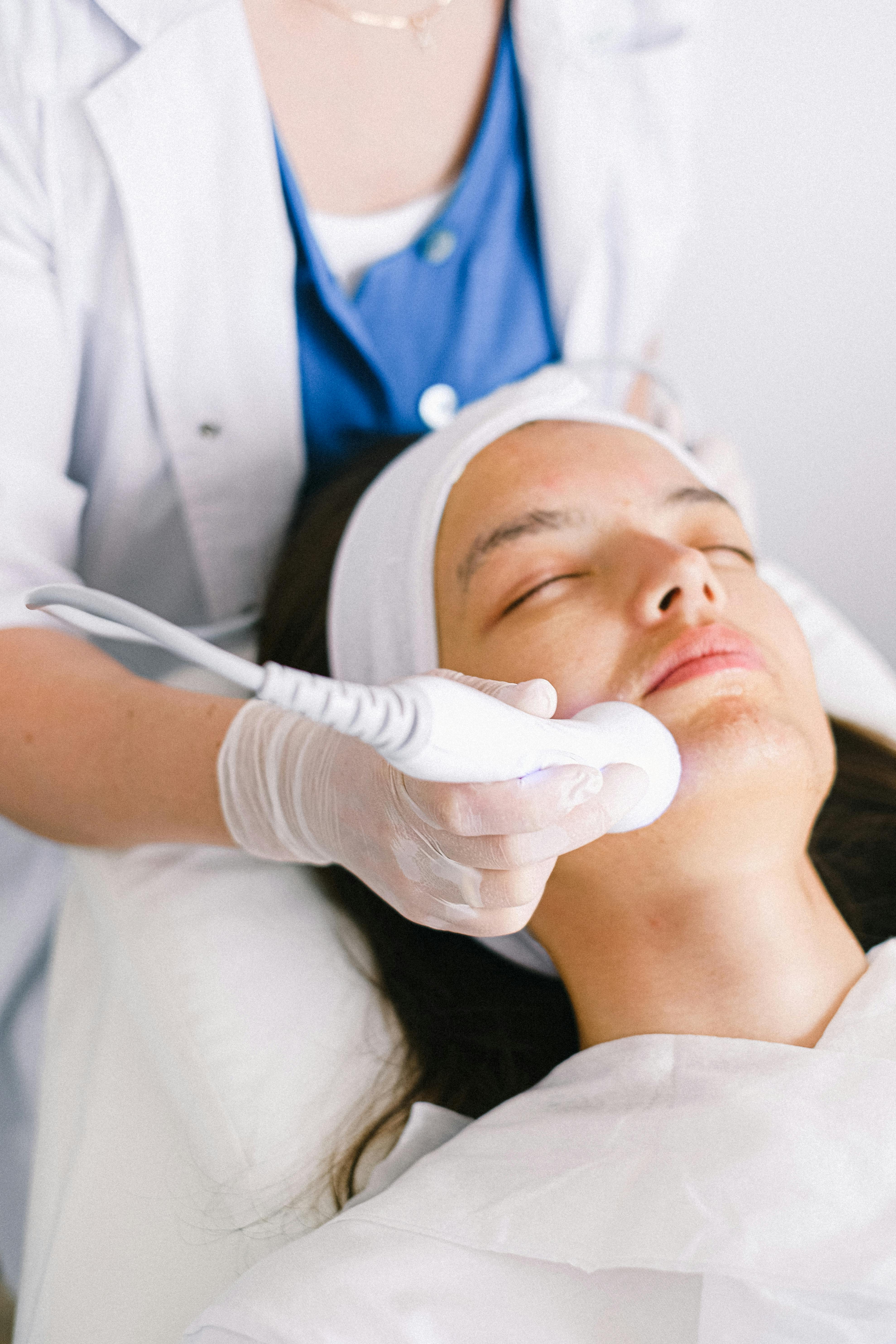Diagnosing and resolving common power and charging failures
Power and charging failures in personal care devices can be frustrating and interrupt routines at home or in professional settings such as clinics and spas. This article explains common causes, safe diagnostic steps, real-world cost context, and comparison of popular device models so you can troubleshoot and arrange repairs or replacements thoughtfully.

Power interruptions and charging failures in small personal devices often have straightforward causes, but identifying them requires a systematic approach. Start by checking visible damage to cords and adapters, confirming the outlet and charger specifications, and testing with known-good accessories. Keeping records of when issues began, whether the device was exposed to moisture or heat, and any unusual sounds will speed up diagnosis and help technicians if professional service is needed.
This article is for informational purposes only and should not be considered medical advice. Please consult a qualified healthcare professional for personalized guidance and treatment.
How do outlet and adapter issues present in India?
Outlets, adapters, and voltage variability are common sources of power problems, particularly in regions with varied infrastructure such as India. Symptoms include intermittent charging, slow charge rates, or a device that refuses to power on. Begin by testing the device with a different, correctly rated adapter and a different outlet. Use a multimeter if available to confirm outlet voltage and continuity. Cultural practices like using adapters across different plug types or ancient wiring in older buildings can contribute to inconsistent power delivery; addressing these can resolve many apparent device failures.
What internal failures cause a device to lose power?
Internal faults such as damaged charging ports, degraded batteries, loose internal connections, or failed power management circuitry will often show predictable signs: battery percentage drops rapidly, the device gets unusually hot, or it only works when plugged in. Opening a device should be left to trained technicians to avoid voiding warranties and to ensure safety. For devices used in gyms, spas, or frequent professional settings where repeated charging cycles are common, battery wear is accelerated and routine maintenance or battery replacement may be necessary.
When should dermatology or medical concerns be considered?
If a device is used on skin—during facials, foot care, or in medical and non-invasive therapies—malfunctions may affect treatment safety. For example, sudden stops, overheating, or sparking can pose burn risks. Healthcare professionals, dermatology clinics, or a treating doctor should be consulted when device failure intersects with skin treatment, recovery, or procedures like liposuction, coolsculpting, or other medical therapies. Avoid using a malfunctioning device on broken skin or during medical recovery periods.
How do charging failures relate to cost and service options?
Real-world cost and repair choices vary by brand, warranty status, and location. Small electronic devices typically have three practical paths: manufacturer warranty repair or replacement, authorized service centers, or third-party repair shops in your area. Warranties often cover manufacturing defects but not damage from moisture or drops. When assessing cost, factor in shipping, diagnostic fees, and replacement parts. For frequent-use devices in professional settings such as spas or clinics, budgeting for periodic battery replacement and spare units reduces downtime and stress on staff and clients.
| Product/Service | Provider | Cost Estimation |
|---|---|---|
| Electric foot file replacement battery | Scholl / Amope / Emjoi (authorized parts) | ₹800–₹2,500 / $10–$35 (varies by model and region) |
| Warranty repair or exchange | Manufacturer authorized service (e.g., Amope, Scholl) | Free to ₹1,500 depending on warranty; shipping may apply |
| Third-party diagnostic and repair | Local electronics service or device repair shops | ₹300–₹2,000 for diagnostics and basic repairs |
Prices, rates, or cost estimates mentioned in this article are based on the latest available information but may change over time. Independent research is advised before making financial decisions.
What safety steps protect devices and users during recovery or relaxation use?
For spa, relaxation, and therapy settings where devices are used around clients, implement simple precautions: keep chargers and cords away from wet areas, use surge protectors where electrical stability is a concern, and maintain a rotation schedule so devices cool between sessions. Train staff to recognize signs of battery failure (swelling, heat, odor) and to remove problematic units from service immediately. Integrate device checks into general recovery and post-treatment protocols, especially where treatments overlap with medical recovery after procedures such as liposuction or non-invasive therapies.
How do cultural and product-choice factors influence maintenance?
Product availability, service networks, and cultural expectations shape how quickly devices are serviced. In some regions, customers prefer authorized local services; in others, third-party repair is common. When choosing a replacement or spare, consider factors like certification, parts accessibility, and whether the device is intended for personal home use, gym use, or professional healthcare settings. Terms such as ancient, culture, or nuremberg may influence design preferences or local regulatory expectations, but safety and verified service channels should guide choices.
Conclusion
Diagnosing power and charging failures relies on a methodical check of external power sources, adapters, and wiring, followed by assessment of internal battery and circuitry issues. For devices used in healthcare, spa, or dermatology contexts, prioritize safety, consult qualified professionals when devices intersect with medical treatments, and factor repair or replacement costs into operational planning. Timely maintenance, sensible spare-parts management, and awareness of local service options reduce downtime and protect users.





